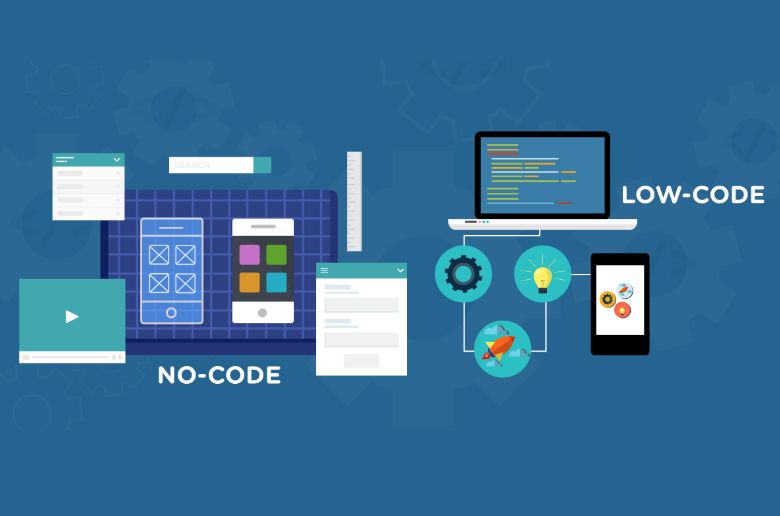Ease of use – As users do not require an in-depth knowledge of software development, it’s easy to get to grips with low-code and can be used throughout the business, without relying on skilled developers.
Empower citizen developers – The software can be used enterprise-wide without the need for IT intervention, which means users can create their own automated processes to aid their work.
Save money – Costs can be saved on initial training, and money doesn’t need to be spent on hiring skilled developers who demand a high salary. Additional cost saving can also be seen from the faster time to market and a solid ROI.








